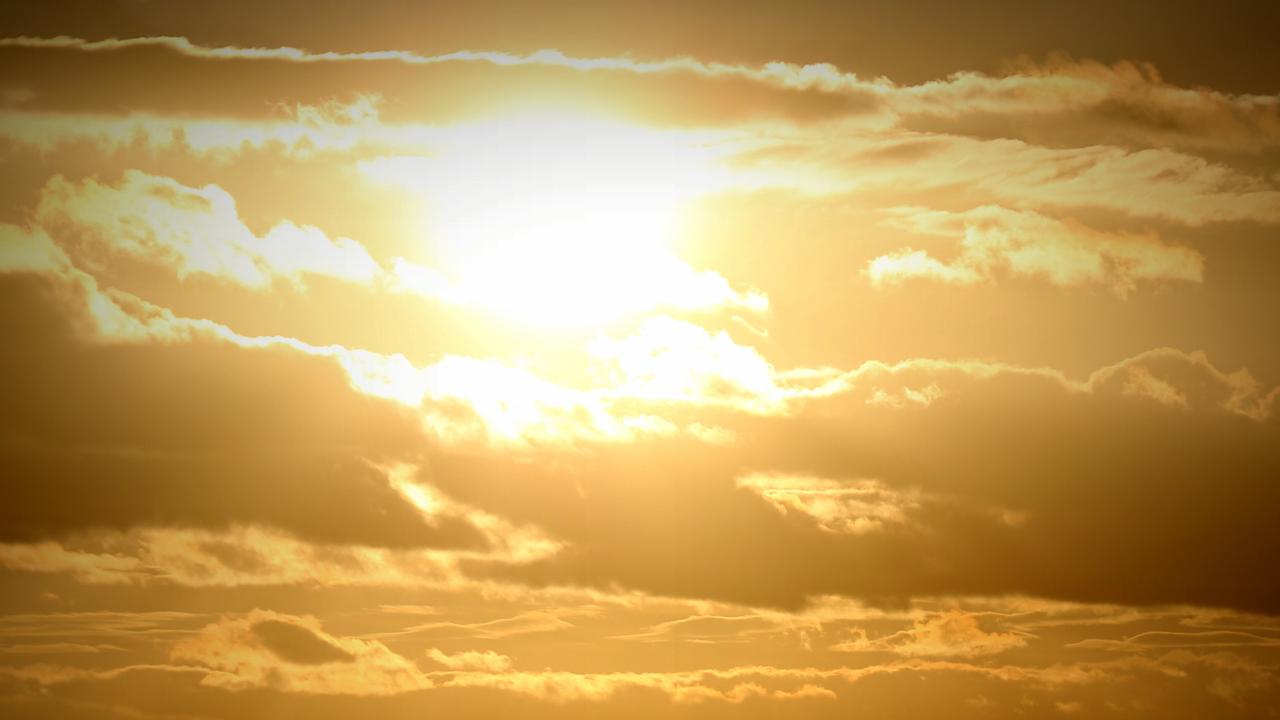Rising temperatures in Logan could impact residents' health
Dr Christa Pudmenzky explains how Logan's March climate is changing. Plus, how do extreme heat events affect mortality rates?

Data from the Bureau of Meteorology suggests overnight temperatures are getting warmer.
A typical March night in Logan is around 20 degrees - two degrees warmer than it was in the 1990s.
This is the largest increase in March night time temperatures observed anywhere in Brisbane.
Voices from your community
Waterford West resident and university student Thanh Nguyen noticed "drastic changes in temperature over the years".
"Living in Brisbane, it's now extremely hot all year round," she said.
"We experience random storms that either last for one day or 10, but no matter what, the temperature is always extremely hot and humid."
Fast fact
Warming trends increase the likelihood of extreme heat events which can have dangerous implications for our health.
Research from the University of Technology Sydney found that around two per cent of all deaths in Australia are caused by heat.
Brisbane, Coffs Harbour and the Gold Coast have more heat-related deaths than anywhere else in the country.
Want more information on how your climate is changing? Check out last week's article here.
Dr Christa Pudmenzky is a climate scientist at the University of Southern Queensland.
This column is part of a collaboration between the Monash Climate Change Communication Research Hub and News Corp to deliver hyperlocal weather and climate information.
Follow the Hub on Twitter to join the conversation.

